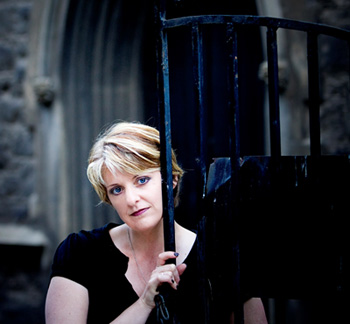 I used to think there were two types of writers: those who plot, and those who don’t. But, to be fair, while lots of writers sit in these extremes, many fall somewhere in the middle. And some change….
I used to think there were two types of writers: those who plot, and those who don’t. But, to be fair, while lots of writers sit in these extremes, many fall somewhere in the middle. And some change….
I remember hearing Val McDermid talk at a Sisters in Crime event in Melbourne about how she’d always been a plotter, and then suddenly she found a book going in a completely different direction to what she’d planned. She’d gone from one extreme to the other and talked about how frightening she found the process of writing without knowing exactly what was going to happen next. (I think she said something like “It scared the shit out of me.” – but don’t quote me on that!)
I’m also a writer who’s changed my level of plotting as my career has progressed. Although I never outlined or had a detailed, scene-by-scene overview of what was going to happen in my novel, I definitely plot less now than I did for my first crime fiction book. In fact, by my fourth novel I found myself in a pretty bizarre situation. The first draft was due at the publishers in a month and I was 80,000 words in. One day my mum came over to look after my daughter while I wrote and she could see I was stressed. The conversation went something like this:
“What’s wrong?”
“I’m 80,000 words into this book, and I have a problem.”
“What?” Mum asked.
“I don’t know who dunnit.”
“What?!”
My mum couldn’t believe that I was writing this book and was essentially nearly finished in terms of word count, but I hadn’t decided/worked out who the killer was. At that point I stopped writing and spent three days with a whiteboard, nutting out the possible killers (from the characters already in the book and also looking at other possibilities).
This lack of detailed planning was essential for my novella, Coming Home. It’s a mystery/thriller with one key difference…the plot was shaped with reader input. As a project, it probably verged on madness – certainly that’s what many fellow authors said at the time! And I guess like Val McDermid, it did scare the you-know-what out of me. So, this is how it worked.
I posted the first chapter, along with some multiple choice questions that applied to the novel as a whole and to the next chapter. Majority ruled and I was bound by my readers’ votes. Each Sunday I posted the most recent chapter and the next set of questions. The questions covered things like the occupation of the killer, how many victims there should be, whether missing persons cases should be related to the deaths, etc. etc.
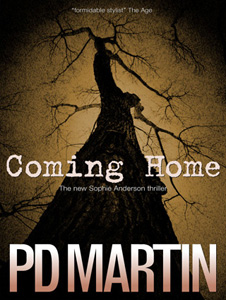 It also gave me the ability to check in with my readers. For example, as I was coming to the end of the book and project, I asked if they thought they knew who the killer was (73% said no, which made me very happy).
It also gave me the ability to check in with my readers. For example, as I was coming to the end of the book and project, I asked if they thought they knew who the killer was (73% said no, which made me very happy).
I admit, it certainly is an unusual way to write – perhaps that’s why it was a world first at the time. But the week-by-week voting system actually worked well with my writing process. Writers are constantly making decisions. What will happen next? How will these characters interact? What evidence will they find? And while some writers answer these questions before they start a novel, because I tend to let the story unfold in the moment I could give my readers control over some of these points.
Still, writing Coming Home in this way was extremely scary and I found myself constantly monitoring the responses during the forty-eight-hour voting periods. It was challenging creatively, but most importantly writing this book gave me a chance to write a Sophie story I’d longed to write – the tale of Sophie’s brother’s murder 30 years ago.
Now Coming Home is simply part of my series and also a stand-alone novel; however it didn’t start that way!





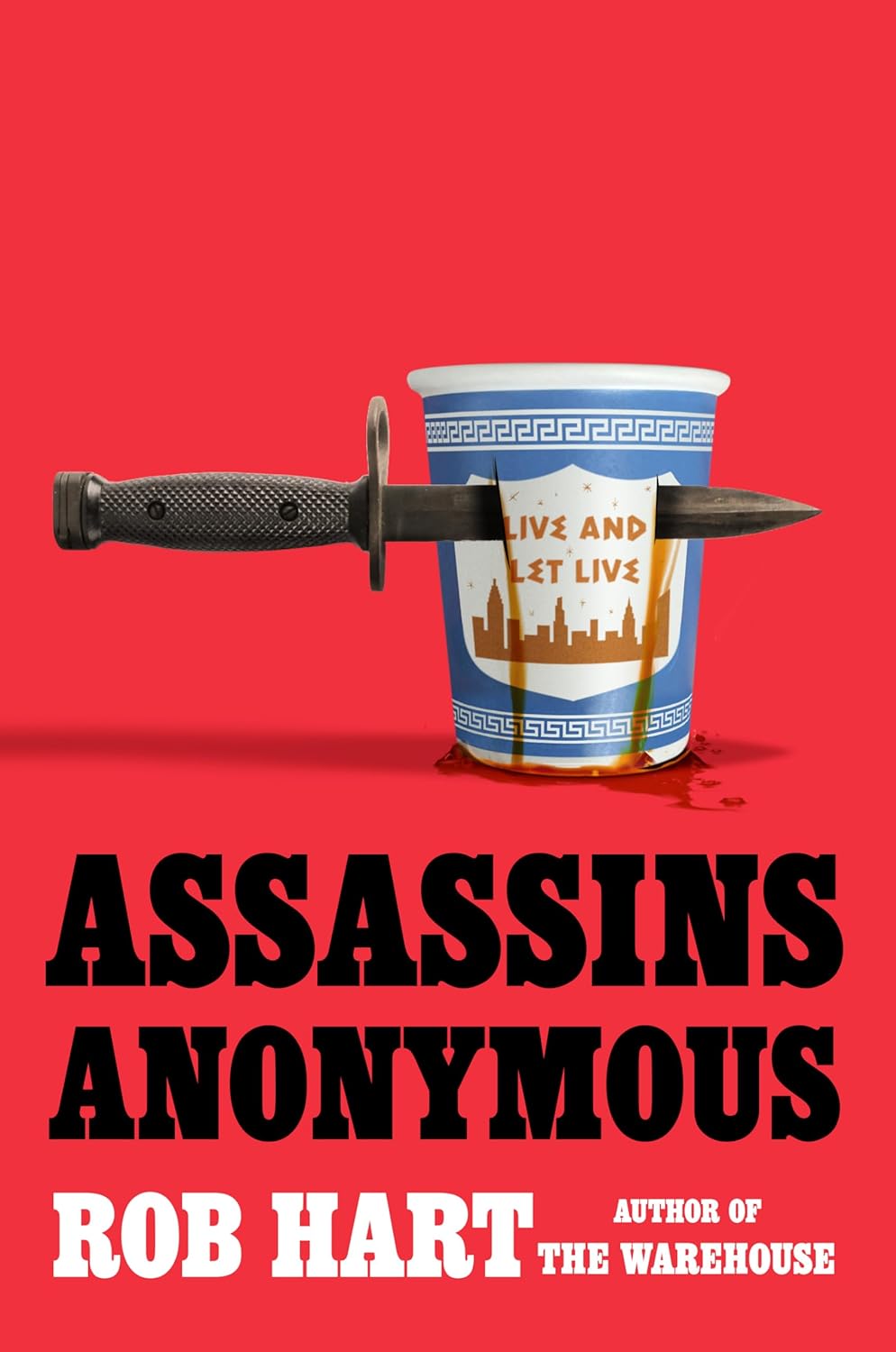
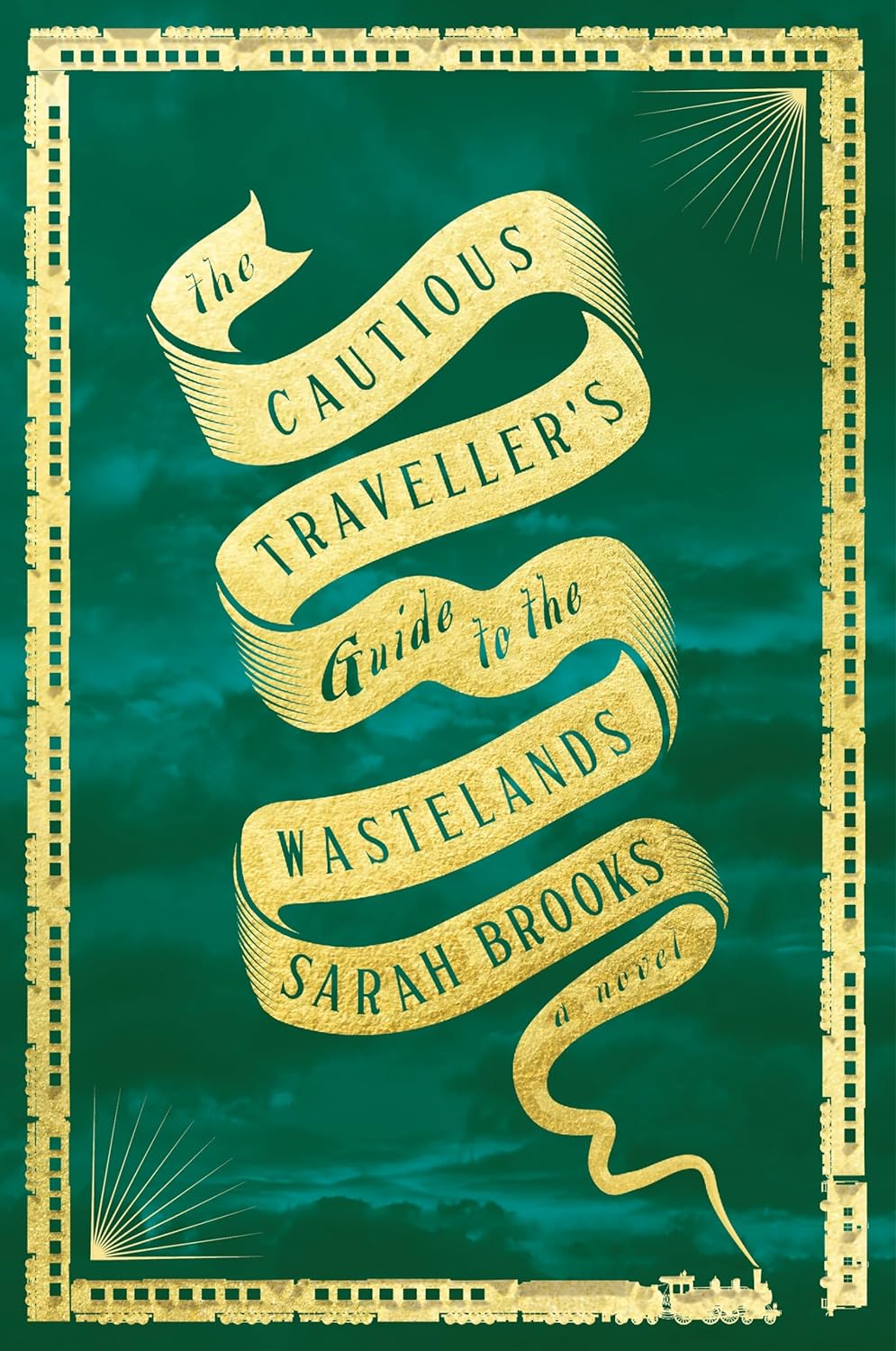
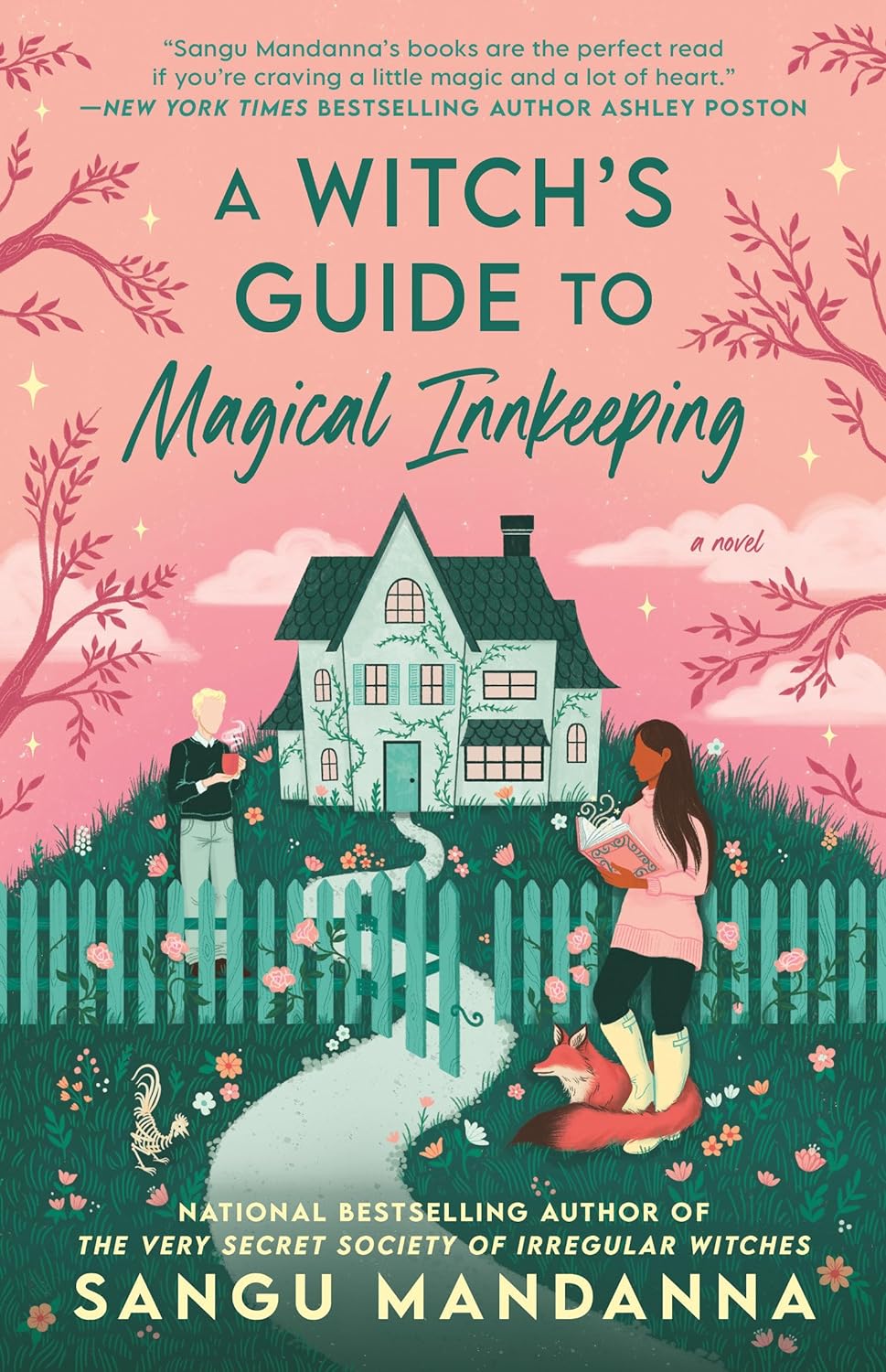
Sabrina Ogden
August 4, 2011 - 11:09 AM